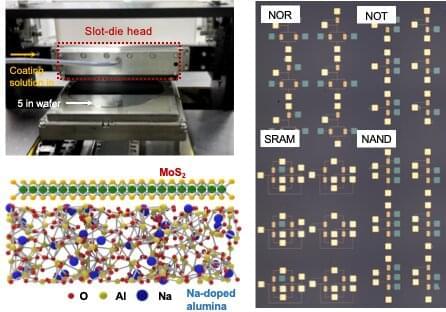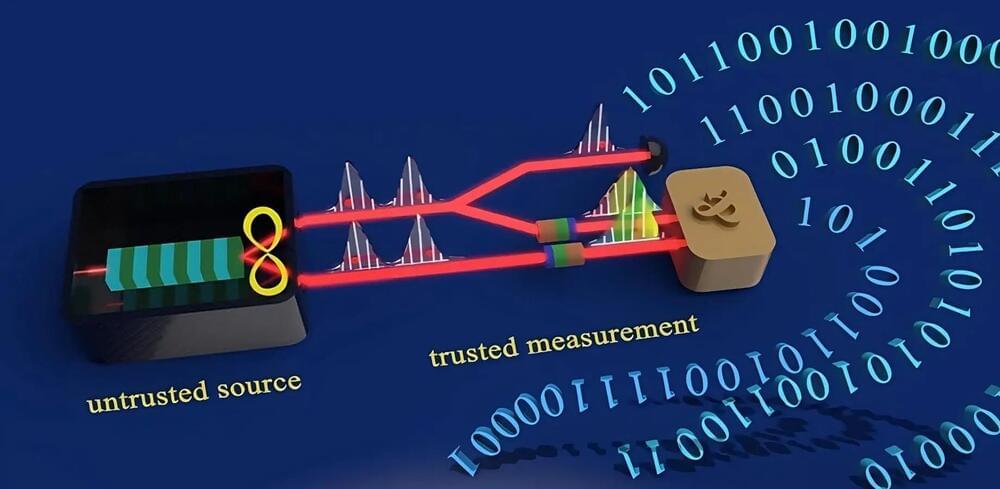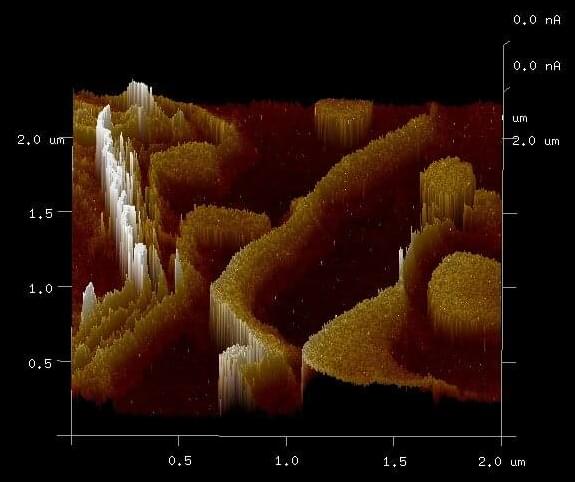Jun 27, 2023
Effective infrastructure enables universal data intelligence
Posted by Shubham Ghosh Roy in categories: business, internet
Data volumes are exploding across organizations of all types. Research firm IDC projects the amount of global data to more than double between now and 2026, with enterprise data leading that growth — increasing twice as fast as consumer data. Accordingly, it is a business imperative to store, protect, and provide access to this growing volume of data, while finding new ways to derive value from it.
The surge in data volumes is driven by multiple factors: Historical data that companies have been collecting for years continues to pile up. New data types are proliferating, such as IoT (Internet of Things) sensor data, operational technology (OT) data, and customer experience data. Core business functions, such as supply chain, are becoming increasingly more data driven.

















